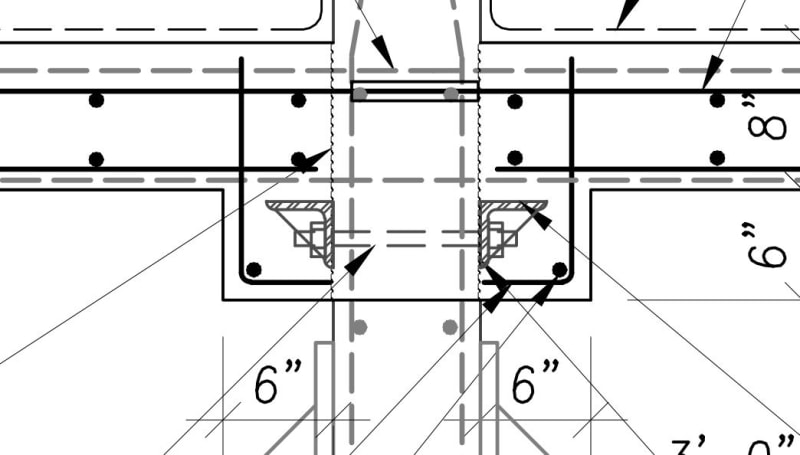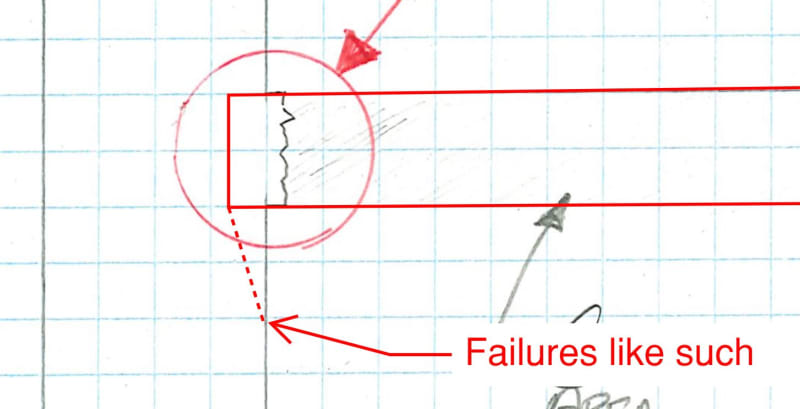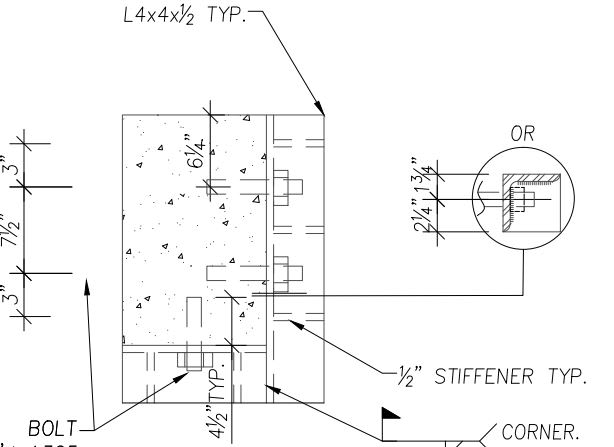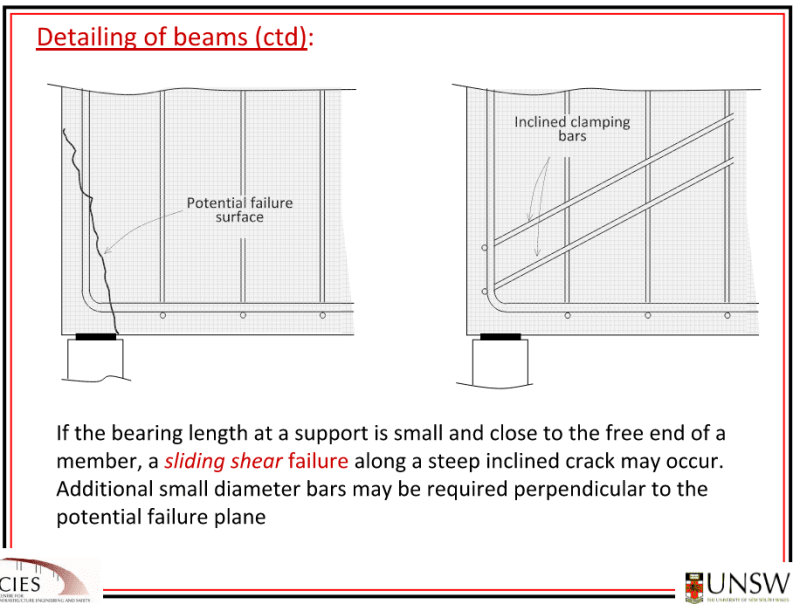CuriousEng13
Structural
I am curious to others approach to perform concrete repair to suspended slabs around columns (multi-storey) and maintain shear integrity (punching shear issues).
The approach in the past from our office is to remove 50mm from the column and cast the slab into that to provide a bearing condition for the slab. This doesn't sit well with me to use the column concrete cover as bearing area. I can theorize a few possible failure methods here.
I have yet to see a solution that is realistic for concrete rehabilitation contractors to complete and be economical. I have viewed many previous repairs by others that neglected this (whether intentionally or not) and essentially rely upon shear friction, of which you cannot prove to withstand the loads. Other repairs with bolts and steel plates/angles used to create a new end bearing surface. Is adding steel structure around the column really the only solution here?
I have attached a sketch of this condition to help with clarity.
The approach in the past from our office is to remove 50mm from the column and cast the slab into that to provide a bearing condition for the slab. This doesn't sit well with me to use the column concrete cover as bearing area. I can theorize a few possible failure methods here.
I have yet to see a solution that is realistic for concrete rehabilitation contractors to complete and be economical. I have viewed many previous repairs by others that neglected this (whether intentionally or not) and essentially rely upon shear friction, of which you cannot prove to withstand the loads. Other repairs with bolts and steel plates/angles used to create a new end bearing surface. Is adding steel structure around the column really the only solution here?
I have attached a sketch of this condition to help with clarity.




